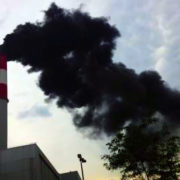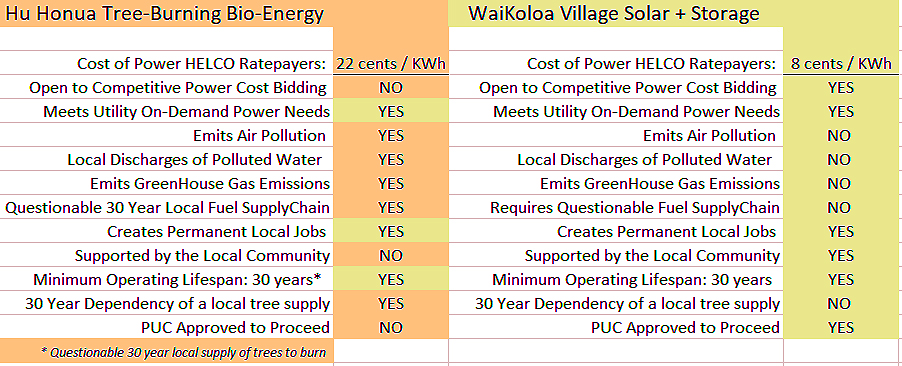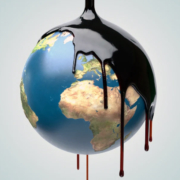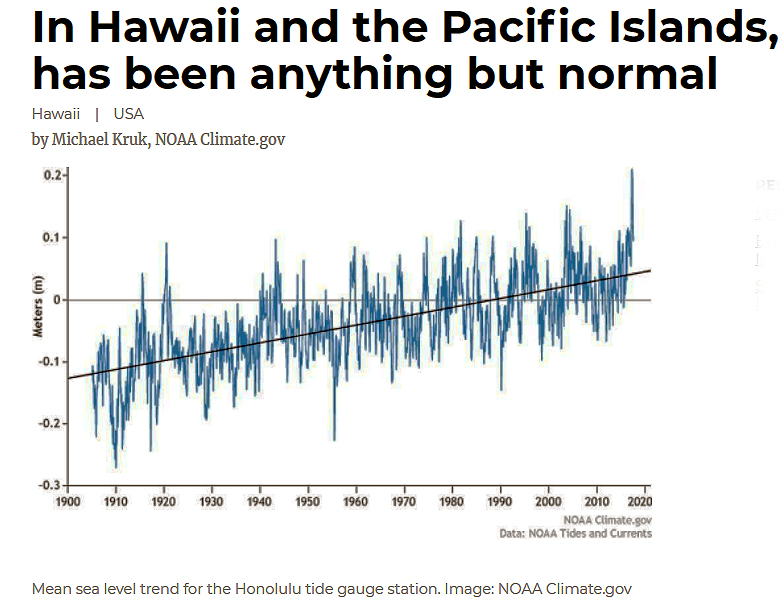
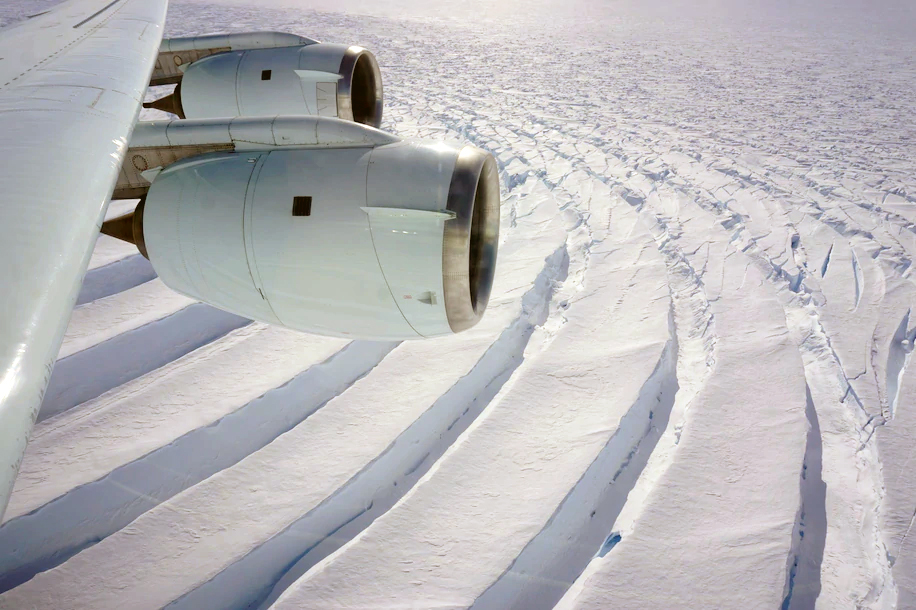
Two major Antarctic glaciers are tearing loose from their restraints, scientists say …
Two Antarctic glaciers that have long kept scientists awake at night are breaking free from the restraints that have hemmed them in, increasing the threat of large-scale sea-level rise.
Located along the coast of the Amundsen Sea in West Antarctica, the enormous Pine Island and Thwaites glaciers already contribute around 5 percent of global sea-level rise. The survival of Thwaites has been deemed so critical that the United States and Britain have launched a targeted multimillion-dollar research mission to the glacier.
The loss of the glacier could trigger the broader collapse of the West Antarctic ice sheet, which contains enough ice to eventually raise seas by about 10 feet.
The new findings, published Monday in the Proceedings of the National Academy of Sciences, come from analysis of satellite images. They show that a naturally occurring buffer system that prevents the glaciers from flowing outward rapidly is breaking down, unleashing far more ice into the sea in coming years.
While many of the images have been seen before, the new analysis suggests that they are a sign of further disintegration to come.
“The stresses that slow down the glacier, they are no longer in place, so the glacier meltdown is speeding up,” said Stef Lhermitte, a satellite expert at Delft University of Technology in the Netherlands who led the new research along with colleagues from NASA and other research institutions in France, Belgium, Austria and the Netherlands.
“We already knew that these were glaciers that might matter in the future, but these images to me indicate that these ice shelves are in a very bad state,” Lhermitte said.
It’s just the latest in a flurry of bad news about the planet’s ice.
Arctic sea ice is very close to — but likely to not quite reach — a record low for this time of year. Last month, Canada lost a large portion of its last major Arctic ice shelf.
And in Greenland, the largest still-intact ice shelf in the Northern Hemisphere, sometimes known as 79 North because of its latitude, just lost a large chunk of ice, equivalent in size to roughly two Manhattan islands, according to the Geological Survey of Denmark and Greenland.
Experts there blamed the fracture on a strong general warming trend and temperatures that have been “incredibly” high in the northeast of Greenland in recent years.
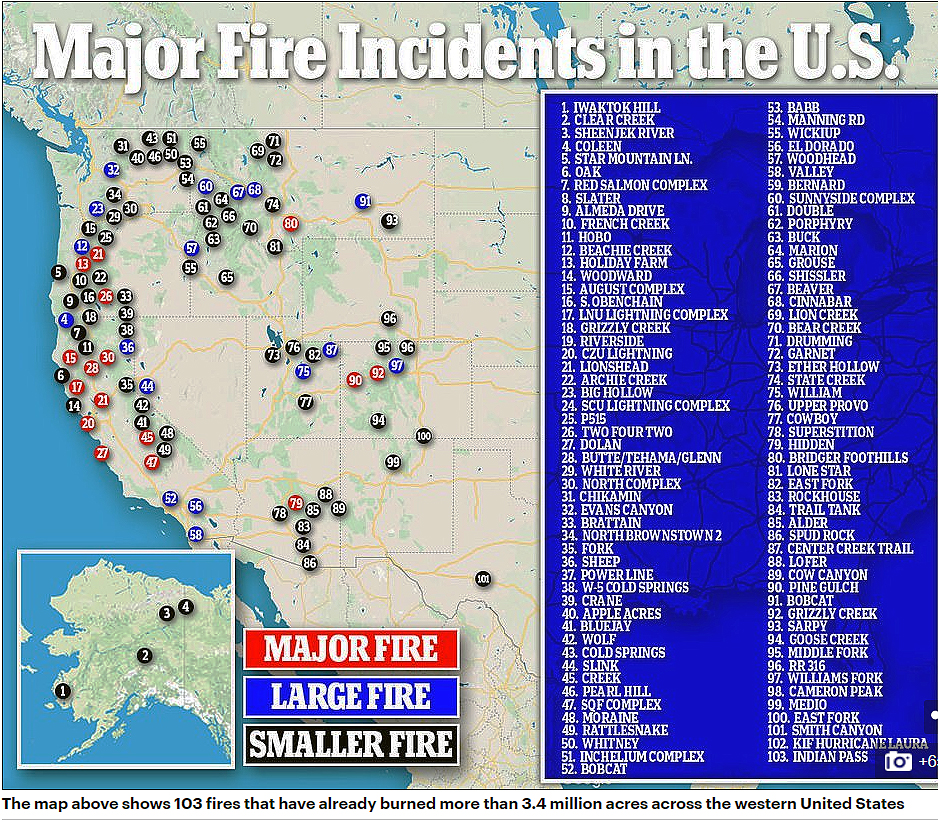
Wildfires Live Updates: Evacuations Ordered as Fires Near Portland Suburbs
The mayor of Portland declared a state of emergency as fires burned toward the city. California and Washington State are battling growing fires, too.
RIGHT NOW —
The National Weather Service said a huge cloud of smoke would descend on Washington State today, creating unhealthy breathing conditions around the state.
Multiple mega fires are now burning more than three million acres, millions of residents in California, Oregon,and Washington are being smothered in toxic air, experiencing rolling blackouts, and triple-digit heat waves. No this is not a script for an apocalyptic movie — it’s not a movie, it’s real, it’s now, and it’s Climate Change and its effects.
The West Coast is on fire; towns are being decimated by infernos, and firefighters are stretched beyond their limits.
The climate crisis now unfolding is not limited to the Western United States, or the nation’s most populous state, but what is happening in California is more than just an accumulation of individual catastrophes, it is an example of something climate experts have long worried about, but which few expected to see so soon: a cascade effect, in which a series of disasters overlap, triggering or amplifying each other.
“You’re toppling dominoes in ways that Americans haven’t imagined,” said Roy Wright, who directed resilience programs for the Federal Emergency Management Agency until 2018 and grew up in Vacaville, Calif., near one of this year’s largest fires. “It’s apocalyptic.”
San Francisco Bay Bridge, 10:30 AM, Thursday

From LA to San Francisco, orange-red skies choking with smoke require driving with headlights in the middle of the day.
Wildfires continued their explosive spread along the West Coast on Thursday, scorching entire neighborhoods and forcing mass evacuations across California, Oregon and Washington State as a record-breaking fire season continued.
West Coast firefighters continued their efforts to contain fires that had caused extensive damage and killed at least seven people.
In California, hundreds of fires blazed across the state, including in the Mendocino National Forest in Northern California and Fresno in the central part of the state, as well as areas near Los Angeles and in Silicon Valley. Because of the extraordinary number of fires, California’s forces have been stretched, preventing them from sending firefighters to Oregon, where multiple fires, including the Almeda Fire, have caused extensive damage.
A barrage of scientific evidence shows that climate change has intensified droughts and hotter, drier weather across the Western United States, which has made brush, trees and other organic matter more combustible. According to one study, between 1984 and 2015, climate change contributed to the near-doubling of the geographical area vulnerable to wildfires in the West.
Officials said hundreds of homes had been consumed by flames and aerial images of towns like Talent and Medford, Or., showed streets lined with homes that were charred, if not destroyed.
Living in the West, the connection between climate change and fire is unavoidable. A month ago, California suffered a record-breaking heat wave that baked the earth into kindling. Then the match was struck. The Bay Area woke up to a sky flashing blue with dry lightning — lightning unaccompanied by rain. Nearly 9,000 strikes hit the ground, sparking fires across the region.
Can the climate-denying right really continue to ignore this basic cause-and-effect? Trump’s brand of denial is hardly unique. In some ways, it is embedded in our political system. Trump has ignored climate change because it’s been politically easy to do so. The effects of climate change are imprecise, and in the case of the wildfires, they’re almost not his problem, as the Electoral College allows him to write off the West Coast entirely. (Trump often tweets as if “blue states” are not even part of the country.)
Climate Change is going in one direction – a Hotter Hawaii
Hawaii maybe in the middle of the Pacific Ocean, but it cannot escape the impacts of global warming and its Climate Change side effects — no longer theory, but now fully engaged globally.
For Hawaii, an island state, sea level rise is major concern…
Global warming is behind the recent acceleration of sea level rise observed since record keeping began in 1880. The ocean, which has absorbed 93 percent of the heat that human activities have added to the climate system, expands as it warms, which pushes up sea levels. Warming also melts glaciers and ice sheets on land, with the run-off adding to sea levels.
 The sea level anomalies recorded in Honolulu during May-August have been the highest ever, with observed values of 20 centimeters (8 inches) above normal in April, +17 centimeters (6.7 inches) during May, +9 centimeters (3.5 inches) in both June and July, and +10 centimeters (4 inches) in August. Data from the Honolulu tide gauge shows the increasing trend in sea-level since 1905, with the recent events in 2017 above all others.
The sea level anomalies recorded in Honolulu during May-August have been the highest ever, with observed values of 20 centimeters (8 inches) above normal in April, +17 centimeters (6.7 inches) during May, +9 centimeters (3.5 inches) in both June and July, and +10 centimeters (4 inches) in August. Data from the Honolulu tide gauge shows the increasing trend in sea-level since 1905, with the recent events in 2017 above all others.
Sea surface temperature has increased as the amount of heat absorbed by the oceans has surged in the past few decades, causing marine heat waves and contributing to more intense storms, sea level rise, sea ice melt, and widespread ecosystem change.
…
While heavy precipitation events in most parts of the United States have increased in both intensity and frequency, there are important regional and seasonal differences in total precipitation change. Climate change is linked to increased total precipitation and flood risk
Sea surface temperature has increased as the amount of heat absorbed by the oceans has surged in the past few decades, causing marine heat waves and contributing to more intense storms, sea level rise, sea ice melt, and widespread ecosystem change.
Extreme Weather Swings from excessive rainfall to droughts
Abundant rainfall occurred throughout most of the U.S. Pacific island region during the first half of 2017, with almost all recording stations reporting above-average first-half totals. It was one of the wettest spring periods on record in Pohnpei, with flash flooding reported from American Samoa to Hawaii. However, rainfall patterns over the last three months of June, July, and August have been much drier than normal across the region.
Extreme Heat and Heat Waves
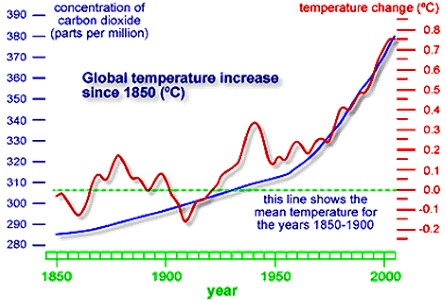 Global warming has amplified the intensity, duration and frequency of extreme heat and heat waves. The National Academy of Sciences reports and validates numerous studies as well as two major science assessment reviews that definitively identify the fingerprint of human influence in driving the changes observed to date.
Global warming has amplified the intensity, duration and frequency of extreme heat and heat waves. The National Academy of Sciences reports and validates numerous studies as well as two major science assessment reviews that definitively identify the fingerprint of human influence in driving the changes observed to date.
The climate has shifted significantly, leading to more heat records in every season. The number of local record-breaking average monthly temperature extremes worldwide is now on average five times larger than expected in a climate with no long-term warming.
NOAA reports that global warming has contributed to the severity and probability of 82 percent of record-hot days globally.
Sea surface temperatures
Sea surface temperature data from NOAA’s Optimum Interpolation Sea-Surface Temperature (OISST) dataset indicate that many areas were warmer than normal across much of the Pacific during the first 8 months of 2017, with a small, localized region of cold anomalies now starting to develop along the equatorial eastern Pacific.
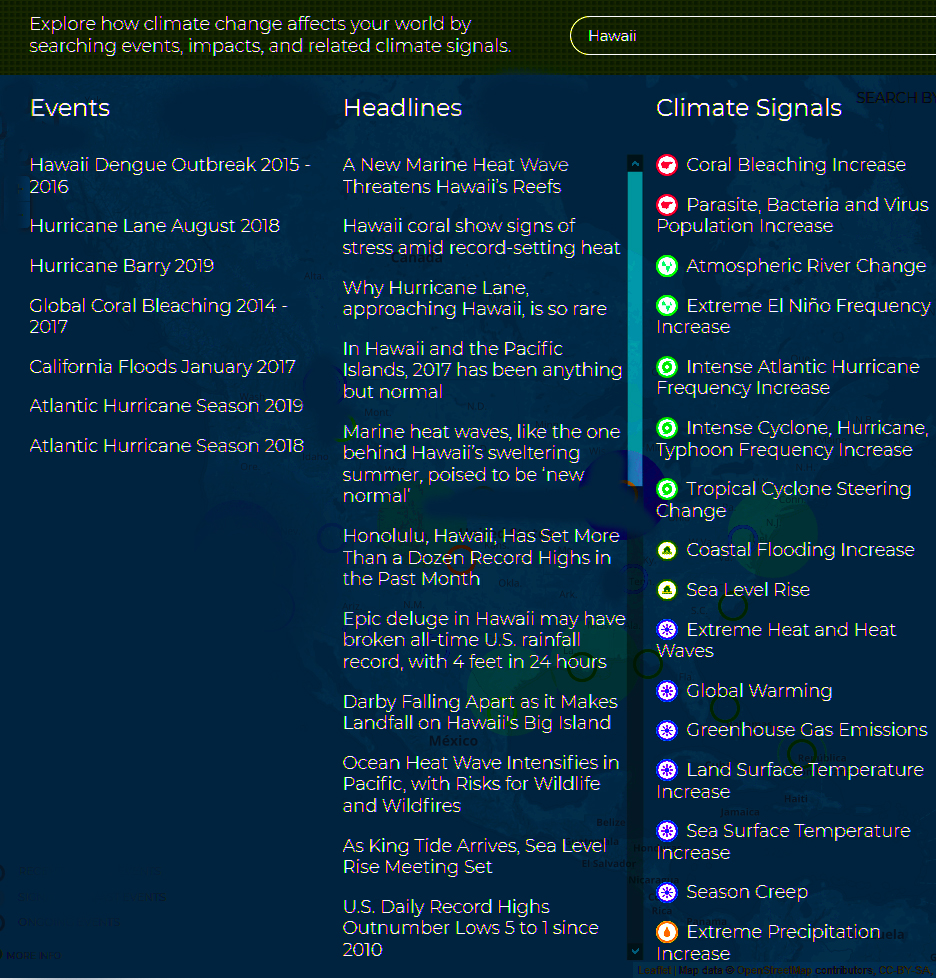
Daily global CO2 emissions decreased by about 17% during the height of the global shutdown, according to research in the journal Nature, was a relatively small drop, especially considering just how many millions of people were avoiding driving and flying.
For decades fossil fuel companies have pushed the idea of a personal carbon footprint, a metric that ignores the fact that more than 70% of global greenhouse gas emissions comes from energy production.
To ward off the worst effects of climate change, scientists say we must make massive shifts in our behavior to prevent the planet from warming more than 1.5 degrees Celsius above pre-industrial levels by 2040. Hawaii state engaged scientists and climate specialists to conduct a one year study on climate changes throughout the state. The project Hawaii 2040 investigated communities around Oahu, Maui, Kauai and the Big Island, looking into present day and projected climate changes in various impacts and form from sea level rise, wildfires, coral bleaching, extinction, disease, to watersheds.
For example, the study determined what was already suspected, Climate Change is as much an economic issue as it is environmental. Three feet of sea level rise is estimated to cause more than $20 billion in damage to coastal businesses, roads and land. That doesn’t economic impact on the state does not include the compounding effect on tourism, the loss of environmental assets, and other industries that drive the state’s economy.
As a coral reef scientist, Mark Hixon of Honolulu said he is appalled at how unprepared Hawaii is for forthcoming massive coral bleaching events. His focus is on saving the uhu, a parrotfish whose feeding habits make reefs more resilient.
Edward Matukawa of Kapaa, Kauai, said the unprecedented flooding in April 2018 impacted his family’s rental property in Hanalei. He’s worried about what he and other property owners should do in light of rising seas and stronger storms.
The state has policies and data that identify the many indicators of a changing climate, the 2050 sustainability audit (produced in 2008), noted how 70 percent of Hawaii’s coastline is eroding, streams are drying, rainfall is decreasing and corals are bleaching.
The March audit concluded that comprehensive planning would help the state adapt, but it hasn’t happened in a meaningful way.
“Through the course of the past 12 years, the Hawaii 2050 Sustainability Plan was disregarded,” the audit said.
2020, the year Climate Change Predictions
Turned Real, and Beyond Denial
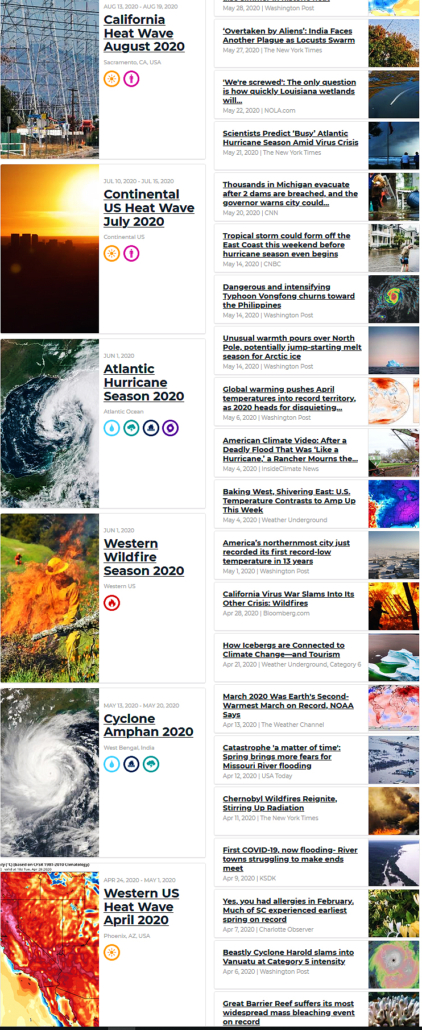




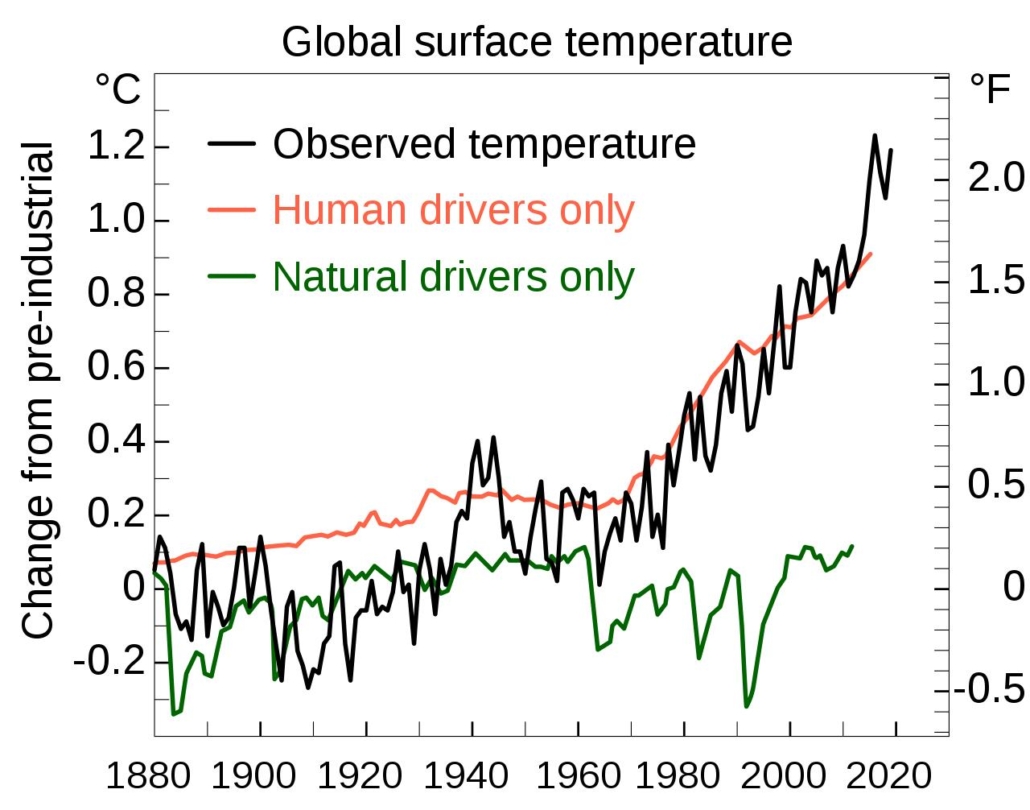
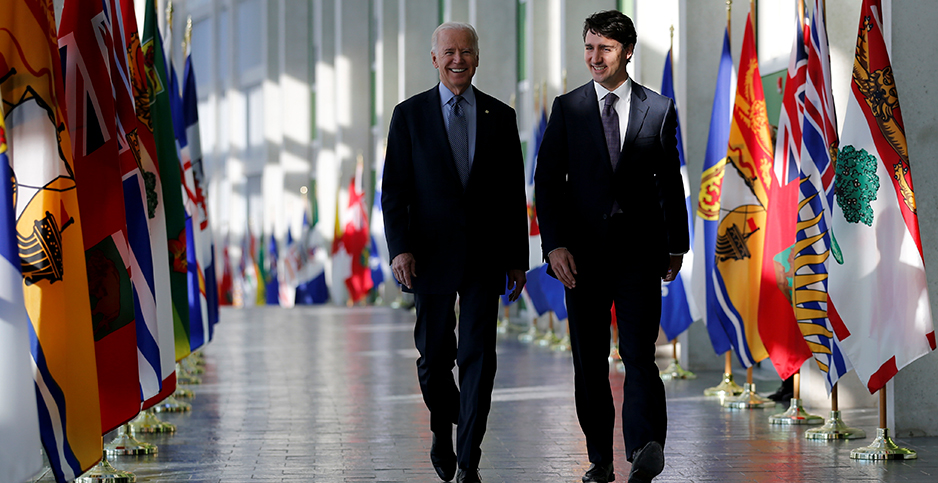

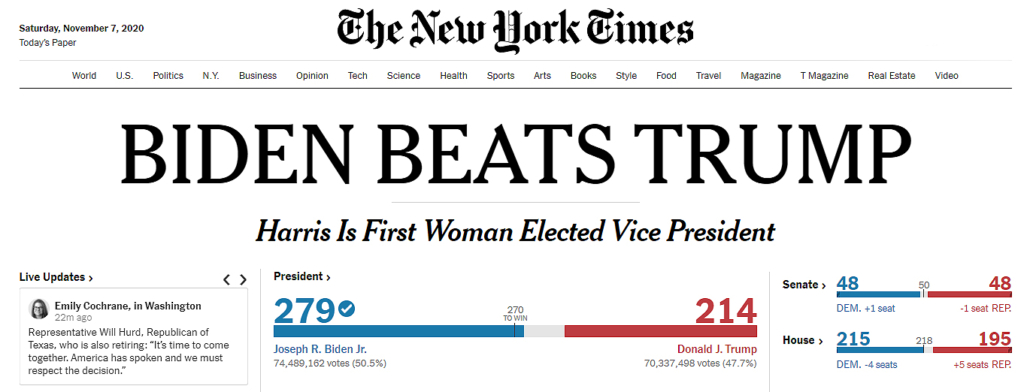
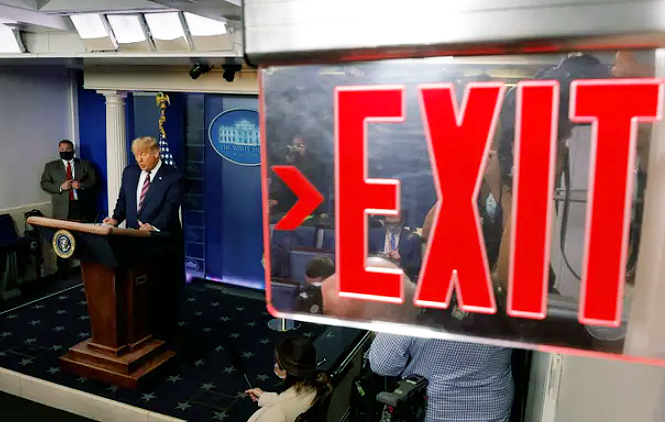
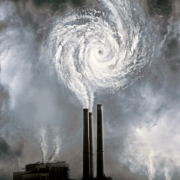
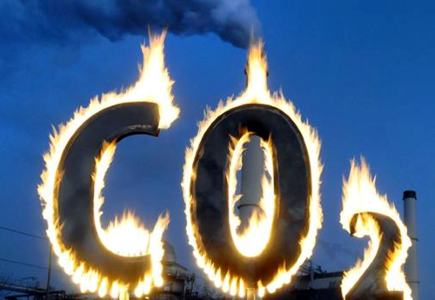 zero fuel costs, offer Hawaii clean and abundant self-sufficiency energy options.
zero fuel costs, offer Hawaii clean and abundant self-sufficiency energy options. 

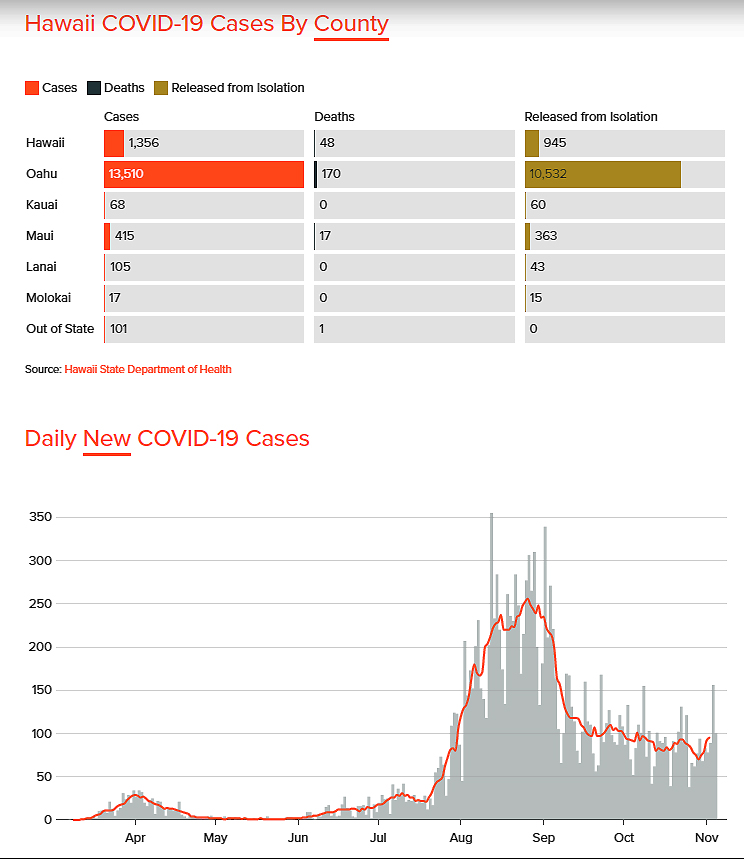
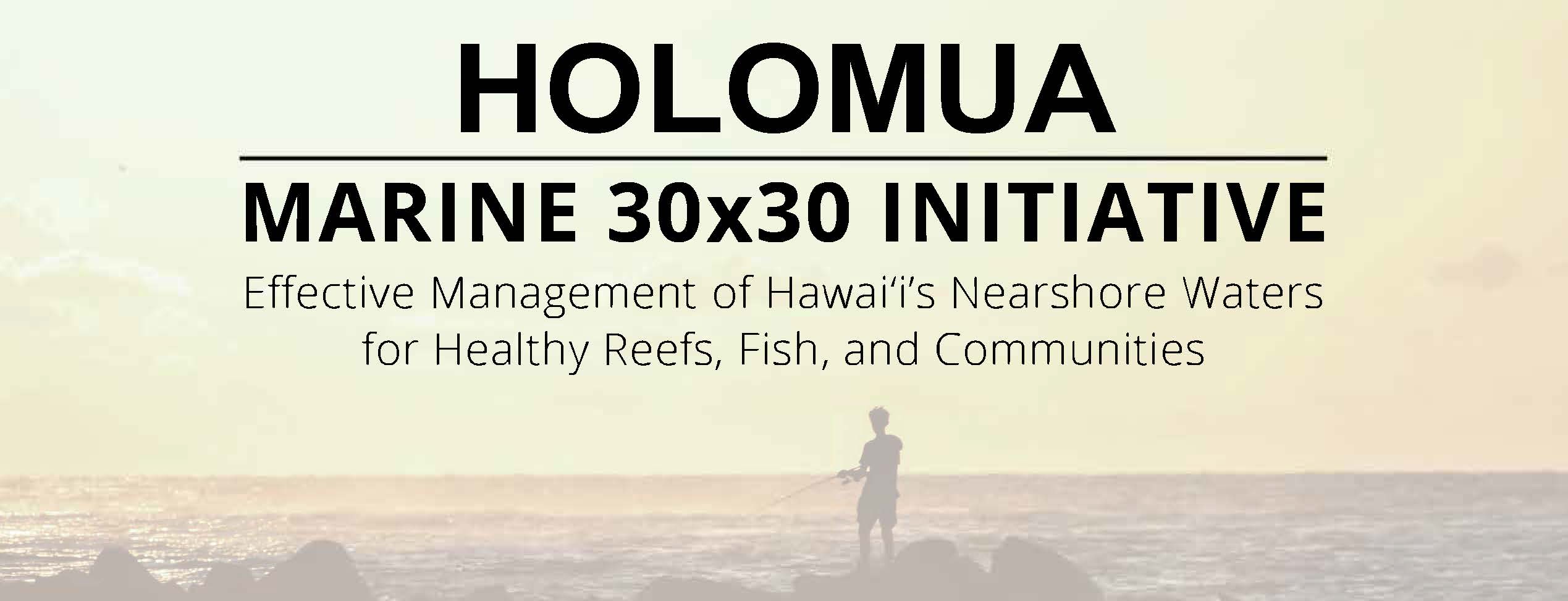

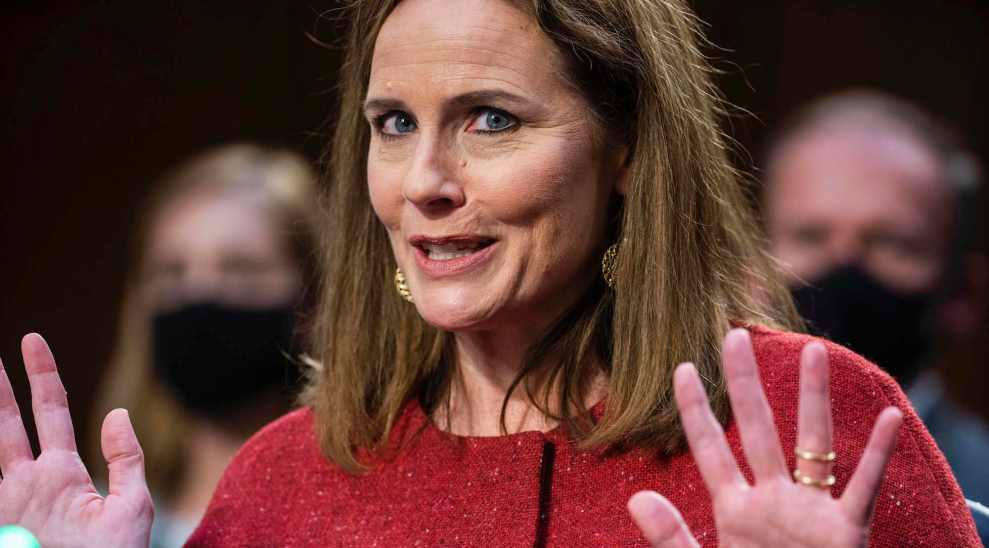 He asked her if she’d thought about social problems and economic problems.
He asked her if she’d thought about social problems and economic problems.
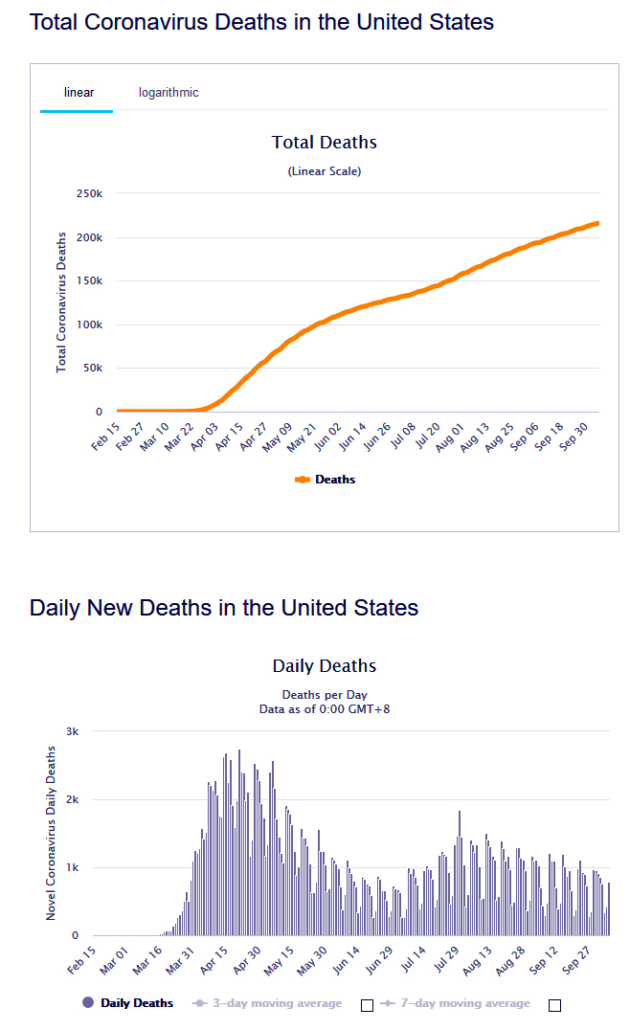





 The sea level anomalies recorded in Honolulu during May-August have been the highest ever, with observed values of 20 centimeters (8 inches) above normal in April, +17 centimeters (6.7 inches) during May, +9 centimeters (3.5 inches) in both June and July, and +10 centimeters (4 inches) in August. Data from the Honolulu tide gauge shows the increasing trend in sea-level since 1905, with the recent events in 2017 above all others.
The sea level anomalies recorded in Honolulu during May-August have been the highest ever, with observed values of 20 centimeters (8 inches) above normal in April, +17 centimeters (6.7 inches) during May, +9 centimeters (3.5 inches) in both June and July, and +10 centimeters (4 inches) in August. Data from the Honolulu tide gauge shows the increasing trend in sea-level since 1905, with the recent events in 2017 above all others. Global warming has amplified the intensity, duration and frequency of extreme heat and heat waves. The National Academy of Sciences
Global warming has amplified the intensity, duration and frequency of extreme heat and heat waves. The National Academy of Sciences 

